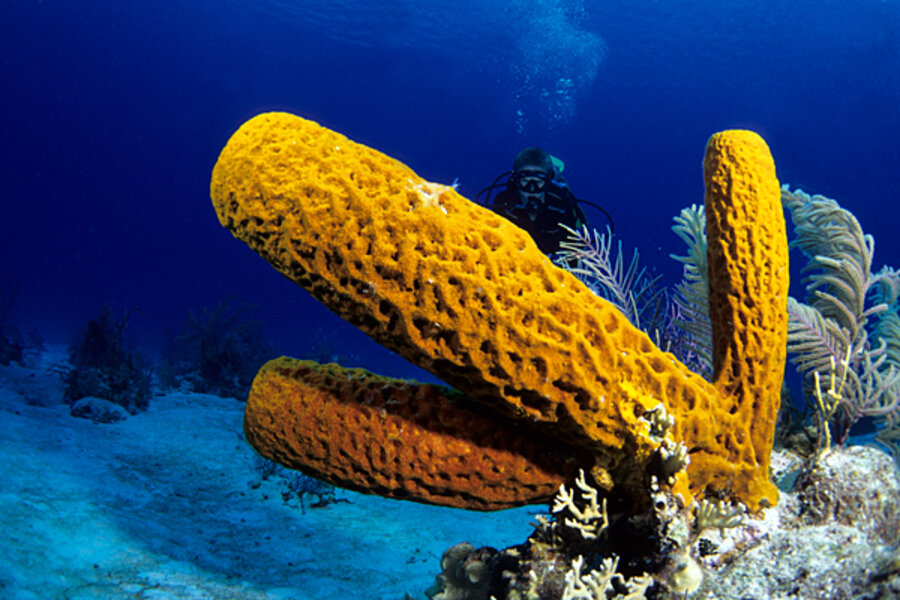Fossils of earliest known animals possibly discovered
Loading...
Fossils of what could be the oldest animal bodies have been discovered in Australia, pushing back the clock on when animal life first appeared on Earth to at least 70 million years earlier than previously thought.
The results suggest that primitive sponge-like creatures lived in ocean reefs about 650 million years ago. Digital images of the fossils suggest the animals were tiny and had irregularly shaped bodies with a network of internal canals.
The shelly fossils, found beneath a 635 million-year-old glacial deposit in South Australia, represent the earliest evidence of animal body forms in the current fossil record, predating other evidence by at least 70 million years.
Previously, the oldest known fossils of hard-bodied animals were from two reef-dwelling organisms that lived around 550 million years ago.
There are also controversial fossils of soft-bodied animals that date to the latter part of the Ediacaran period between 577 and 542 million years ago.
Surpise finding
Princeton University geoscientists Adam Maloof and Catherine Rose spotted the fossils while working on a project focused on the severe ice age that marked the end of the Cryogenian period 635 million years ago.
Their findings, published in the Aug. 17 issue of the journal Nature Geoscience, provide the first direct evidence that animal life existed before – and probably survived – the severe "snowball Earth" event that left much of the globe covered in ice at the end of the Cryogenian.
"We were accustomed to finding rocks with embedded mud chips, and at first this is what we thought we were seeing," Maloof said. "But then we noticed these repeated shapes that we were finding everywhere – wishbones, rings, perforated slabs and anvils. We realized we had stumbled upon some sort of organism, and we decided to analyze the fossils."
Maloof added, "No one was expecting that we would find animals that lived before the ice age, and since animals probably did not evolve twice, we are suddenly confronted with the question of how a relative of these reef-dwelling animals survived the 'snowball Earth.'"
Making 3-D images
Analyzing the fossils turned out to be easier said than done. The ancient skeletal fossils are made not of bone, but of calcite, which is the same material that makes up the rock matrix in which they are embedded. Therefore X-rays, which distinguish between different densities of bones, couldn't be used to look at the newly discovered fossils.
Maloof, Rose and their collaborators teamed up with professionals at Situ Studio, a Brooklyn-based design and digital fabrication studio, to create three-dimensional digital models of two individual fossils that were embedded in the surrounding rock.
When they began the digital reconstruction process, the shape of some of the two-dimensional slices made the researchers suspect they might be dealing with the previously discoveredNamacalathus, a goblet-shaped creature featuring a long body stalk topped with a hollow ball. But their model revealed the creatures looked nothing like Namacalathus.
After considering a variety of alternatives, the scientists decided that the fossil organisms most closely resembled sponges – simple filter-feeding animals that extract food from water as it flows through specialized body channels. Previously, the oldest known undisputed fossilized sponges were around 520 million years old, dating to the Cambrian Period.
In future research, Maloof and his collaborators intend to refine the three-dimensional digital reconstruction technique to automate and increase the speed of the process. This could have a significant impact on paleontology, Maloof said, enabling the analysis of myriad early fossils that are currently inaccessible to the tools of modern science.





